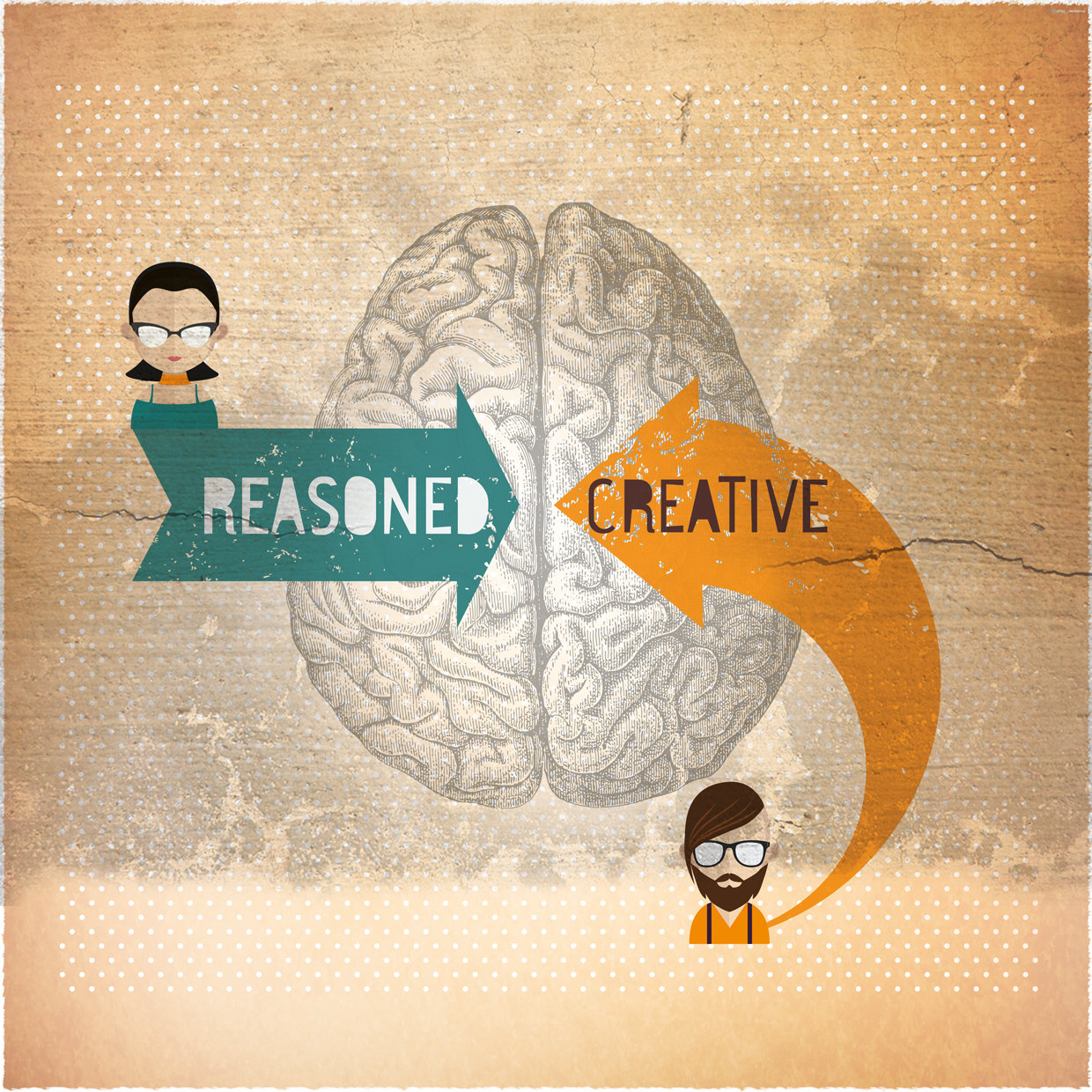
The change from business to design world is a jarring one given the rigid disciplined nature of big corporates, compared to the carefree creative approach of a design agency. Immediately you can see why many client/agency relationships don’t work.
Clients talk ROI, effectiveness, sales, brand association, share of wallet, staff engagement, response rate, risk mitigation and other such measures. Agencies talk concept, feeling, tone and mood.
What makes the two work well together is the common goal – that desire to communicate effectively to engage their audiences.
Done well, a good creative piece will grab audience attention and change how people perceive and act towards a particular brand, product or offer. In other words, concepts, feelings and moods deliver ROI, sales, brand association, staff engagement and many of the other measures that business thrives on.
But to work well together agencies and clients need to change how they see eachother and work together.
Agencies need to appreciate that clients don’t love design aesthetics as much as they do. Clients look at design work and consider how well it will deliver their objectives and justify the spend on it.
Agency creatives and suits need to brush up their business knowledge and skills in presenting ideas that highlight the business value for clients. Often I hear creatives lamenting how a client didn’t go with a really good idea. My immediate reaction is that we failed to show them why the idea would help them achieve their business goals.
Clients need to play their part also by treating agencies like communication professionals rather than just the people “who make things pretty”. Solving business problems often comes back to effective communications and that’s what good design agencies help their clients do.
Many business start-ups and new product launches fail, not because they are not good ideas, but because they haven’t told their story in a way that captures the imagination of their target audience.
Companies often complain about low staff engagement but haven’t communicated where the business is going, how it intends to get there and how each staff member fits in. The gap between a company’s true value and its share price is driven by perceptions formed, in the main, by how well a company communicates. The list goes on.
Clients need to talk to their design agencies about their business and communication challenges rather than the solution they think they require. This allows the agency to go back to the basics – Who is the audience? What are the key messages? How do audiences engage with you, your products and services? What’s the benefit to them? Answers to these questions (and others) allow a communication framework to be designed to match the marketer’s needs with those of the audience.
For example in the sales process, a good agency would look at how audiences become aware of your products and services and how this first experience can be enhanced to encourage an interest to learn more. They should look at how each experience reinforces the earlier ones and drives greater engagement and action. Only then does the design of the execution come into play. In a sales scenario the execution may include everything from a direct marketing piece, call scripts, follow-up emails, web and social media and sales brochures.
Each design execution has a specific role to play and designers start with ‘what do we want audiences to know, feel and do?’ as a result of this execution. This will influence the balance between emotional and rational design approaches and ultimately the combination of colour, imagery and tone.
Design is an art but there’s a fair bit of science in it as well and it’s the combination of the two that allows the right results to be achieved.
Over 2015, I will use this column to look at specific business problems and opportunities facing small, large, new and established businesses, to show how good design can help tackle them. And I’ll use real examples to illustrate that it’s not just theory.
Design really does add to the bottom line.
==========
IN BRIEF
Insight Creative is a design communication agency that has been helping businesses achieve their goals – through effective communications with their customers, investors, employees and communities – since 1976. They specialise in brand, digital, environmental experience, marketing and investor communications.

Steven Giannoulis is CEO & Strategy Director at Insight Creative. [email protected]




